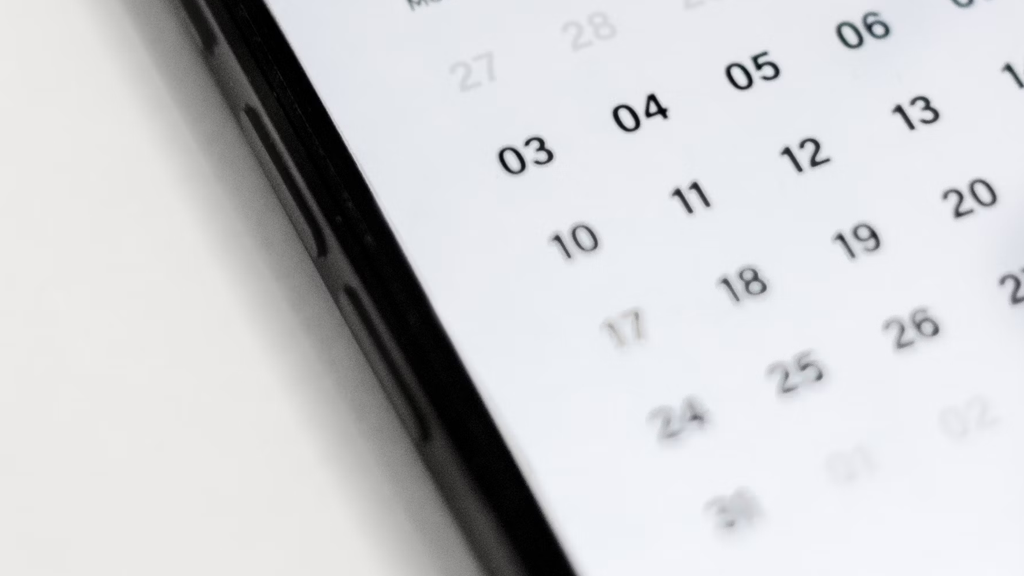In a Game Design Document (GDD), timelines, milestones, and team members help organise the development process. Timelines show the overall schedule for the project, while milestones mark important goals, like finishing a prototype. Team members are listed with their roles, so everyone knows what they need to do. Together, these elements keep the project on track and ensure effective teamwork.

Setting milestones is crucial for ensuring that both you and your team stay on track for a successful game launch. Milestones help break down the project into manageable parts and provide clear goals and deadlines. A timeline typically includes the following key elements:
-
Milestone Objectives: Clearly defined goals or achievements that need to be reached by a specific date. For example, completing the game’s core mechanics, finishing the art assets, or finalizing the beta version.
-
Deadlines: Specific dates by which each milestone must be achieved. These deadlines help keep the team accountable and ensure that the project progresses according to schedule.
-
Deliverables: Tangible outputs or products that are expected at each milestone. For instance, a playable prototype, a feature-complete build, or a polished version ready for testing.

Whether you’re a solo developer or part of a large AAA studio, tasks are divided among team members who are skilled in their respective areas. A game development team is typically composed of a variety of roles, each contributing specific expertise to create a successful video game. Here’s a breakdown of common team members and their responsibilities:
1. Game Designer
Role: Develops the overall concept and gameplay mechanics of the game. Designs the rules, objectives, and player interactions.
Responsibilities: Create game systems, levels, and narrative elements. Balance gameplay to ensure a fun and engaging experience.
2. Programmer/Developer
Role: Handles the coding and technical implementation of the game.
Responsibilities: Write and maintain code, develop game engines or tools, implement gameplay features, and ensure the game runs smoothly on target platforms.
3. Artist
Role: Creates the visual elements of the game, including characters, environments, and user interfaces.
Responsibilities: Design and produce 2D or 3D art assets, animations, textures, and visual effects.
4. Animator
Role: Brings characters and objects to life through animation.
Responsibilities: Create and implement animations for characters, creatures, and environmental elements to enhance the gameplay experience.
5. Sound Designer
Role: Develops the audio components of the game, including music, sound effects, and voice acting.
Responsibilities: Design and integrate sound effects, compose and record music, and ensure that audio enhances the overall game experience.
6. Writer/Narrative Designer
Role: Develops the game's story, dialogue, and narrative structure.
Responsibilities: Write scripts, create character backstories, and ensure the narrative aligns with the game’s design and tone.
7. Producer
Role: Manages the development process, including scheduling, budgeting, and coordinating between different departments.
Responsibilities: Oversee project progress, manage resources, handle communications with stakeholders, and ensure the project meets deadlines and quality standards.
8. Quality Assurance (QA) Tester
Role: Tests the game to identify and report bugs or issues.
Responsibilities: Playtest the game thoroughly, document issues, and work with the development team to resolve bugs and improve game stability.
9. Community Manager
Role: Engages with the gaming community and gathers feedback.
Responsibilities: Interact with players, manage forums and social media, and communicate player feedback to the development team.

In this activity, you need to identify the milestones that will help you complete the entire project by a fictional launch date.
Your Task
Look at your Game Design Document and establish some deadlines to follow throughout the course. Be sure to check the brief for any specific dates that may be provided.
